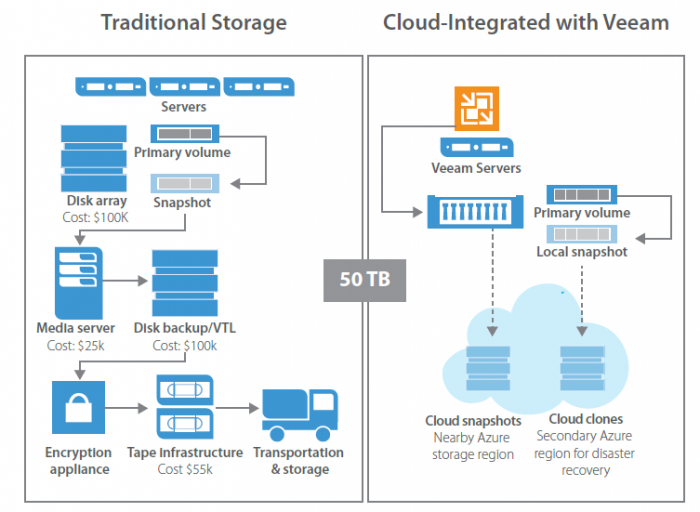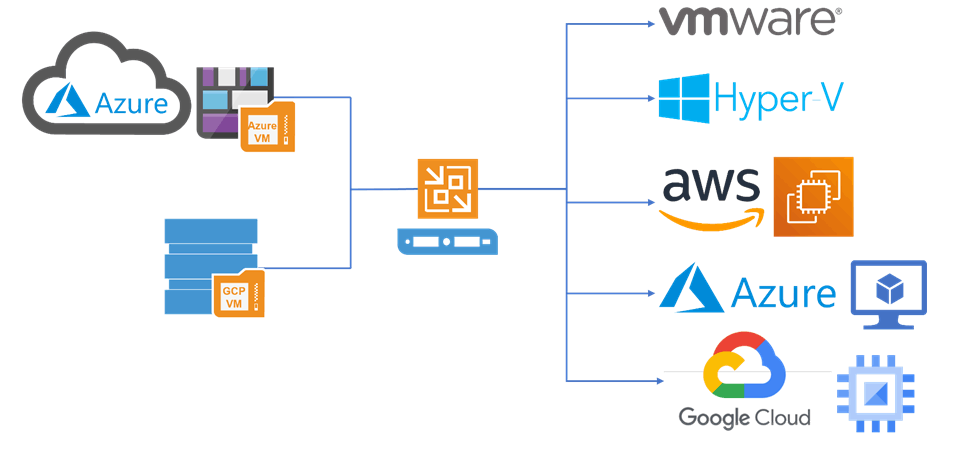

Therefore, dedicating expensive resources such as on-premises infrastructure, to backup data is a costly venture.Ĭomparatively, the cloud is the best option for backing up enterprise data reliably and cost-effectively. Backups require a good amount of storage but in terms of IOPS, it’s a lot less demanding than mission-critical data. For workloads requiring high IOPS, on-premises infrastructure is the best option.

On-premises infrastructure with SSDs (Solid State Drives) and/or HDDs (Hard Disk Drives) cost more and aren’t exactly the best option for backups. Hence, industry experts strongly advise against it. To be honest, it can also be backed up using tape storage appliances however, that is a high risk, excessively costly and highly unreliable way of backing up data. Means of Data Backup: On-Premises Infrastructure and Cloudĭata can be backed up in two types of solutions: While hybrid storage systems are efficient for data storage, it means little if there are no means to recover this stored data in case of a disaster, hardware failure, accidental deletion, etc.Īrguably, the integration of hybrid systems is on the rise consequently the need for efficient and reliable data backup increases proportionally.

With hybrid systems, it is possible to address high IOPS (Input/Output Per Second) requirements using on-premises infrastructure while tapping into the cloud for storage of backups and archiving. So, with all these steps you configured the blob, the proxy appliance and the SOBR.Īfter that your backups are going to be move of the capacity tier to the archive tier in 4 hours period.Enterprises utilize hybrid storage solutions to efficiently store and access their data in the most cost-effective manner. On the Customize button you can chose the size and the network options of your Proxy Appliance: Now you just need to input your Subscription credentials on the Microsoft Azure: On the next screen you just need to set what Container and Folder will be used to save your backups: Type Name and Description of your archive blob:Įnter with your Credentials for this blob and chose what Gateway Server will be used for this function: On the next step choose Microsoft Azure Blob Storage option:Īfter that click on Azure Blob Storage Archive Tier:

Right click on the pane and chose Add backup repository… To do this go go to Backup Repositories inside Backup Infrastructure menu. To do that you need configure a Scale Out Backup Repository with the Archive Tier enable.Īfter that you can move your full backups older than X day to this kind of archive, as this example:īut first you need to configure your blob repository as an archive option. It means that you can save your backups as archive instead of traditional hot/cool blob of Microsoft Azure. Today I’m coming to talk about archive backup with blob Azure.Īrchiving is good option to save money with your full (GFS) backups.


 0 kommentar(er)
0 kommentar(er)
